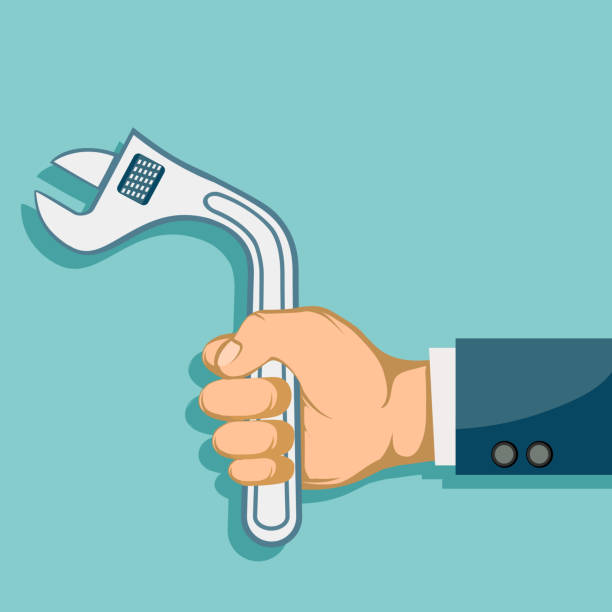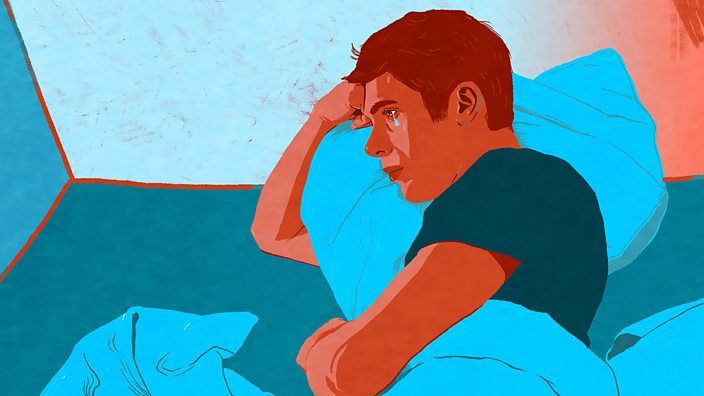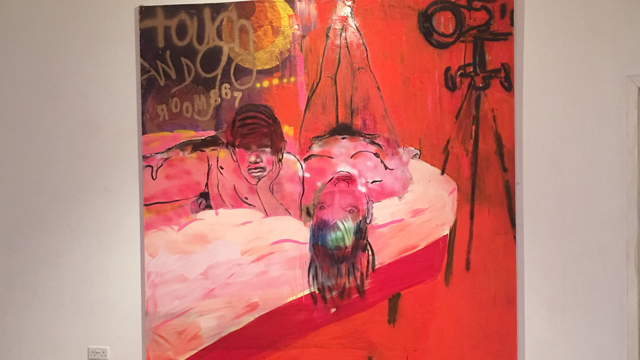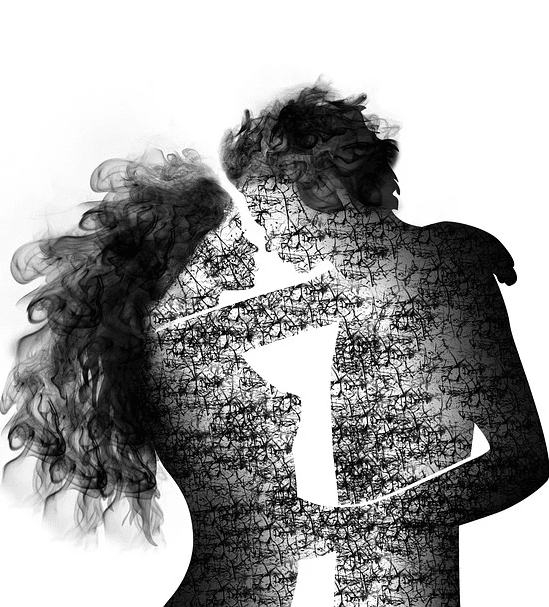Sexual Dysfunction- Types, Symptoms, Causes & Treatment
To begin with, what is sexual dysfunction? Sexual dysfunction is the difficulty experienced by an individual or partners during any stage of normal sexual activity, including physical pleasure, desire, preference, arousal, or orgasm. According to The World Health Organization(WHO), sexual dysfunction is a “person’s inability to participate in a sexual relationship as they would wish”. This definition is broad and is subject to many interpretations. It can be faced by all genders across the globe.

Types Of Sexual Dysfunction
Sexual dysfunction is divided into four broad categories. They are as follows-
- Sexual desire disorders- They are characterized by a lack of sexual desire, libido for sexual activity, or sexual fantasies for some time. The condition ranges from a general lack of sexual desire to a lack of sexual desire for a certain partner. The condition may start after a period of normal sexual functioning, or the person may always have had an absence or a lesser intensity of sexual desire.
- Sexual arousal disorders- It is the inability to become physically aroused or excited during sexual activity. Sexual arousal disorders were previously known as frigidity in vagina-owners and impotence in penis-owners, though these have now been replaced with less judgmental terms. Impotence is now known as erectile dysfunction, and frigidity has been replaced with a number of terms describing specific problems (lack of desire, lack of arousal, pain during intercourse, and lack of orgasms)
- Orgasm disorders- Orgasm disorders are the delay or absence of orgasm (climax). It is classified into three different categories.
- Anorgasmia– It is persistent delays or absence of orgasm following a normal sexual excitement phase in at least 75% of sexual encounters. The disorder can have physical, psychological, or pharmacological origins.
- Premature ejaculation- Premature ejaculation is when ejaculation occurs before the partner achieves orgasm, or a mutually satisfactory length of time has passed during intercourse.
- Post-orgasmic disorders- Post-orgasmic disorders cause symptoms shortly after orgasm or ejaculation. Post-coital tristesse (PCT) is a feeling of melancholy and anxiety after sexual intercourse that lasts for up to two hours. Sexual headaches occur in the skull and neck during sexual activity, including masturbation, arousal or orgasm.
- Sexual pain disorders- Sexual pain disorder is the pain during intercourse. Sexual pain disorders in vagina owners include dyspareunia (painful intercourse) and vaginismus (an involuntary spasm of the muscles of the vaginal wall that interferes with intercourse).
In penis owners it could structural abnormalities of the penis like Peyronie’s disease can make sexual intercourse difficult and/or painful. Priapism is a painful erection that occurs for several hours and occurs in the absence of sexual stimulation.

Symptoms of Sexual Dysfunction
In penis owners-
- Inability to achieve or maintain an erection (hard penis) suitable for penetration (erectile dysfunction).
- Absent or delayed ejaculation despite enough sexual stimulation (retarded ejaculation).
- Inability to control the timing of ejaculation (early, or premature, ejaculation).
In vagina owners-
- Inability to achieve orgasm.
- Inadequate vaginal lubrication before and during intercourse.
- Inability to relax the vaginal muscles enough to allow intercourse.
Common in all-
- Lack of interest in or desire for sex.
- Inability to become aroused.
- Pain with intercourse.

Causes of Sexual Dysfunction
Causes of sexual dsyfunction can be divided into two categories.They are as follows-
Physical causes– Many physical and/or medical conditions can cause problems with sexual function. These conditions include diabetes, heart and vascular (blood vessel) disease, neurological disorders, hormonal imbalances, chronic diseases such as kidney or liver failure, and alcoholism and drug abuse. In addition, the side effects of some medications, including some antidepressant drugs, can affect sexual function.
Psychological causes– These include work-related stress and anxiety, concern about sexual performance, marital or relationship problems, depression, feelings of guilt, concerns about body image and the effects of a past sexual trauma(rape, sexual abuse).

Treatment for Sexual Dysfunction
Most types of sexual dysfunction can be addressed by treating the underlying physical or psychological problems or causes. Other treatment strategies include:
Medication– When a medication is the cause of the dysfunction, a change in the medication may help. People with hormone deficiencies may benefit from hormone shots, pills or creams.For penis owners, drugs, including sildenafil, tadalafil , vardenafil and avanafil may help improve sexual function by increasing blood flow to the penis.
For vagina owners, hormonal options such as estrogen and testosterone can be used.
Mechanical aids-Aids such as vacuum devices and penile implants may help penis owners with erectile dysfunction . A vacuum device (EROS-CTD™) is also approved for use in vagina owners, but can be expensive. Dilators may help women who experience narrowing of the vagina. Devices like vibrators can be helpful to help improve sexual enjoyment and climax.
Sex therapy– Sex therapists can people experiencing sexual problems that can’t be addressed by their primary clinician. Therapists are often good marital counselors, as well. For the couple who wants to begin enjoying their sexual relationship, it’s well worth the time and effort to work with a trained professional.
Behavioral treatments– These involve various techniques, including insights into harmful behaviors in the relationship, or techniques such as self-stimulation for treatment of problems with arousal and/or orgasm.
Psychotherapy: Therapy with a trained counselor can help you address sexual trauma from the past, feelings of anxiety, fear, guilt and poor body image. All of these factors may affect sexual function.
Education and communication: Education about sex and sexual behaviors and responses may help you overcome anxieties about sexual function. Open dialogue with your partner about your needs and concerns also helps overcome many barriers to a healthy sex life.

Conclusion
In a nutshell, sexual dsyfunction is a person’s inability to participate in a sexual relationship as they would wish. It is a common and worldwide problem faced by people out there. It acts as a hindrance with sexual pleasure. Open conversations about this needs to happen. Symptoms regarding this are common and prevalent.There are various reasons or causes for sexual dsyfunction to occur. It can be both psychological and physical. Variety of treatment are available to help with sexual dsyfunction. Taking therapy, medication, healthy communication with partner or usage of external devices to stimulate pleasure are one of the most common ways of treating sexual dsyfunction.
It is essential that we include this topic when we discuss sex and sexual pleasure. Just the way we discuss other health issues and disorders, people should talk freely about this and shouldn’t be hesitant while discussing sexual dsyfunction.
Cover Illustration: Flo.health
Author

